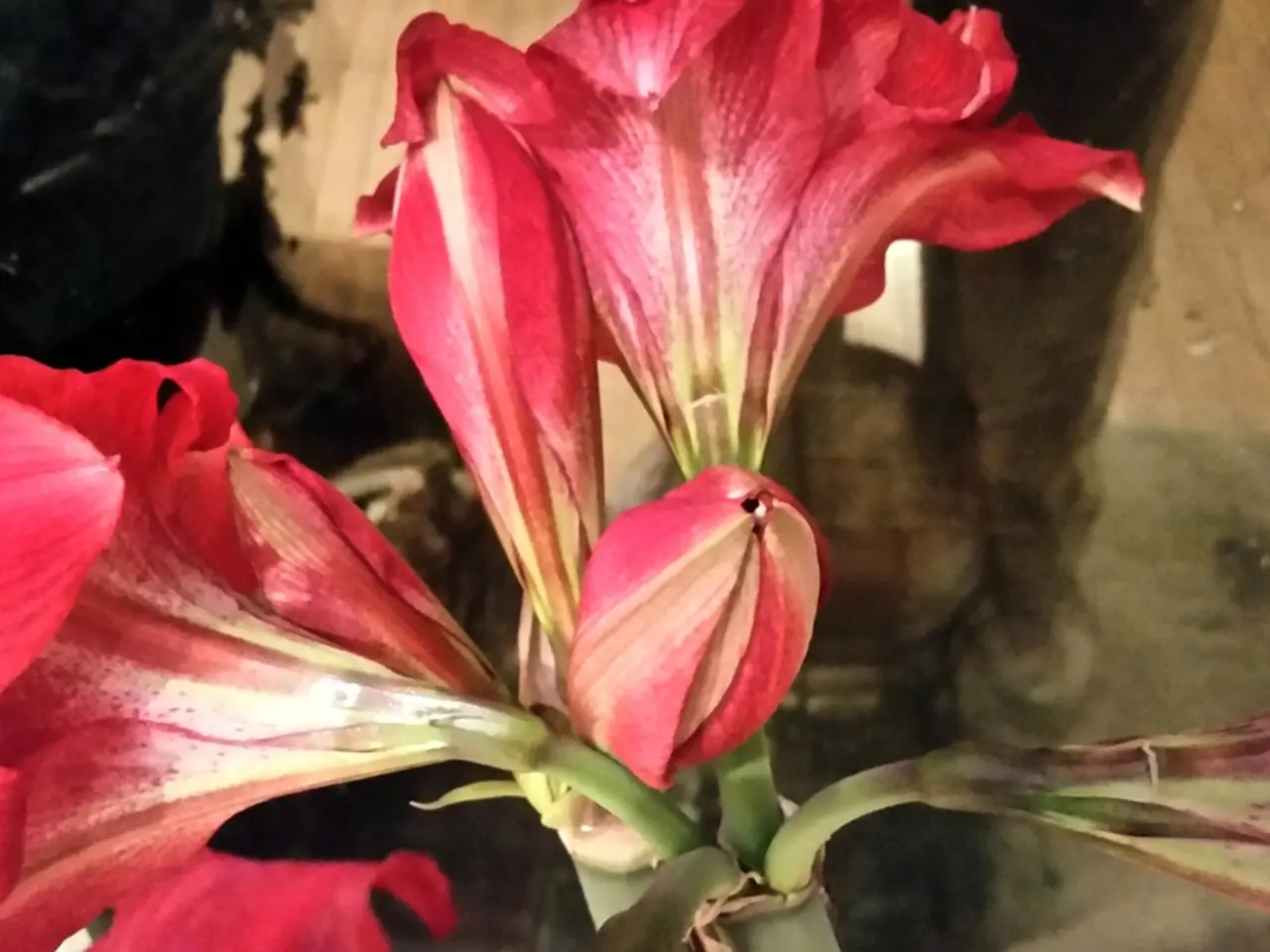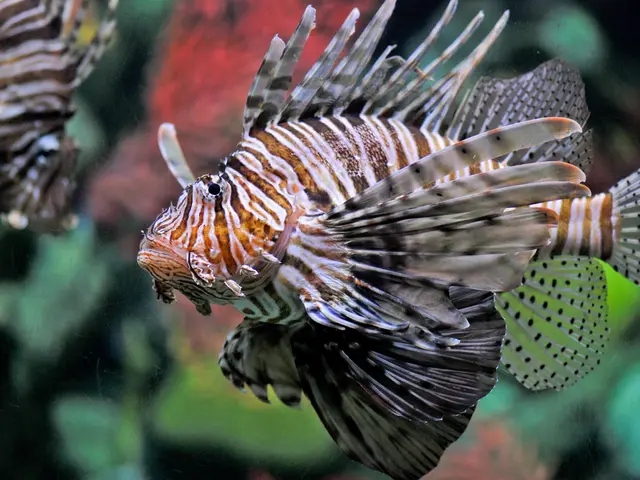Stopping flower imports with hidden dangers from entering the specified area
================================================================
In August 2025, a batch of cut oxypetalum flowers from China was prevented from entering Russia by specialists from the Omsk Regional Department of Rosselkhoznadzor. During a phytosanitary inspection, the Western (California) Flower Thrips, a quarantine pest, was discovered on the cut oxypetalum.
This is the second such case of the Western (California) Flower Thrips found in Russia in 2025. The economic impact of this pest is significant, as it can cause direct damage to plants by feeding on them, leading to symptoms like leaf spotting, yellowing, puckering, stunted growth, and even plant death. Additionally, the Western Flower Thrips can indirectly affect plants by transmitting pathogens like viruses and bacteria, exacerbating economic losses in agriculture and horticulture.
The Western Flower Thrips, scientifically known as Frankliniella occidentalis (Perg.), is a significant quarantine pest in ornamental horticulture. It feeds on a wide variety of host plants by puncturing flowers and leaves to suck out their contents, causing discolored, scarred, and deformed tissue. This pest is also a vector for tospoviruses, particularly the Tomato Spotted Wilt Virus, which affects many crop species.
To prevent the spread of the insect, the entire infected batch of cut oxypetalum was destroyed. Samples of the discovered insects were sent to the laboratory of the Oмsk branch of the FGBU "CIO APK" for entomological examination, where the presence of viable specimens of the pest Frankliniella occidentalis (Perg.) was confirmed.
This incident highlights the importance of phytosanitary inspections in preventing the introduction and spread of quarantine pests like the Western Flower Thrips. In Russia, a total of over 40 infected batches with various quarantine pests have been found by Rosselkhoznadzor employees this year. Measures have been taken to maintain the phytosanitary well-being of the Omsk region and ensure the continued safety of its agricultural and horticultural industries.
Common quarantine pests in ornamental horticulture include various insect pests (such as aphids, thrips, and beetles), nematodes, and mites. These pests can cause direct damage by feeding on plants and indirectly by transmitting pathogens like viruses and bacteria. The economic impact of these pests includes reduced yields and quality, increased control costs, trade restrictions, and crop losses.
References:
- Quarantine Pests in Ornamental Horticulture
- Economic Impact of Quarantine Pests in Agriculture and Horticulture
- Western Flower Thrips: An Emerging Threat to Ornamental Plants and Crops
I'm not sure if the Western Flower Thrips could pose a threat to the health-and-wellness of environmental-science, specifically the Omsk region's agriculture and horticulture, due to its potential to damage plants and transmit pathogens. However, the economic impact of quarantine pests like the Western Flower Thrips can be significant, affecting yields, quality, and trade.




